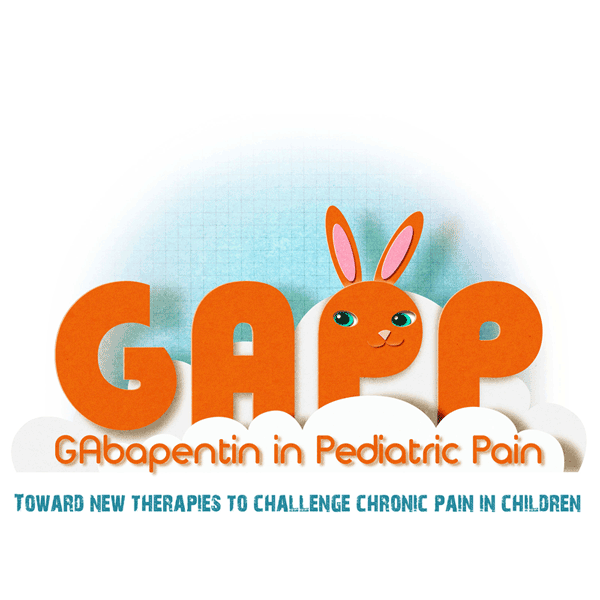

In general, a person’s self-report is the most reliable measure of pain assessment. To assess intensity, patients may be asked to locate their pain on a scale of 0 to 10, with 0 being no pain at all, and 10 the worst pain they have ever felt. Quality can be established by having patients complete a specific questionnaire indicating which words best describe their pain. Physical examination should attempt to verify and locate the lesion of the somatosensory system and document any associated neurological signs.
Infants feel pain but they lack the language needed to report it, so they communicate distress by crying. Pain assessment in children may be challenging; a non-verbal pain assessment should involve parents, who will notice any changes in the infant not obvious to the health care provider.
Studies have sought additional, visible and easily definable indicators of pain and in particular of the high levels of pain detected in babies. Combinations of crying with facial expressions, posture and movements, aided by physiological measurements, have been tested and found to be reliable indicators.
For older children some indices of neuropathic pain used in adults may be useful, but need to be validated in the paediatric age population. Sensory abnormalities are more difficult to elicit in infants and young children. Several tests can be indicated, such as quantitative sensory testing, electroneuromyography, microneurography, functional brain imaging and skin biopsy, but these are not part of routine medical practice. Usually radiological investigations are performed to rule out other underlying pathologies.